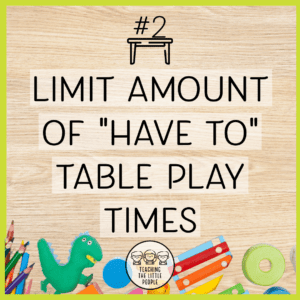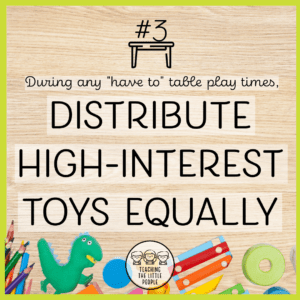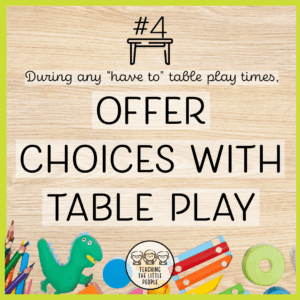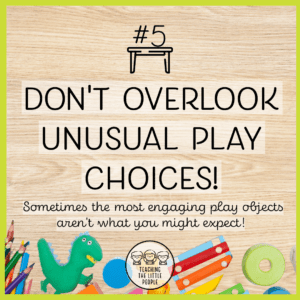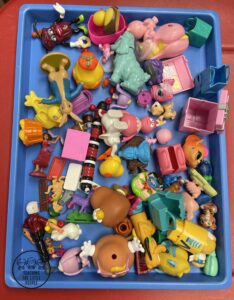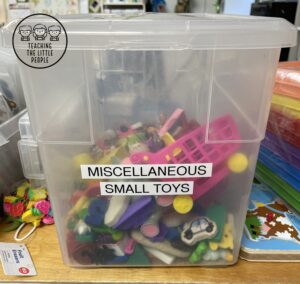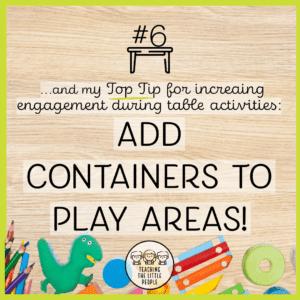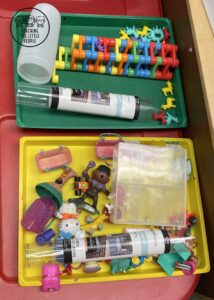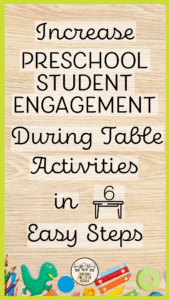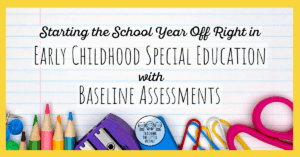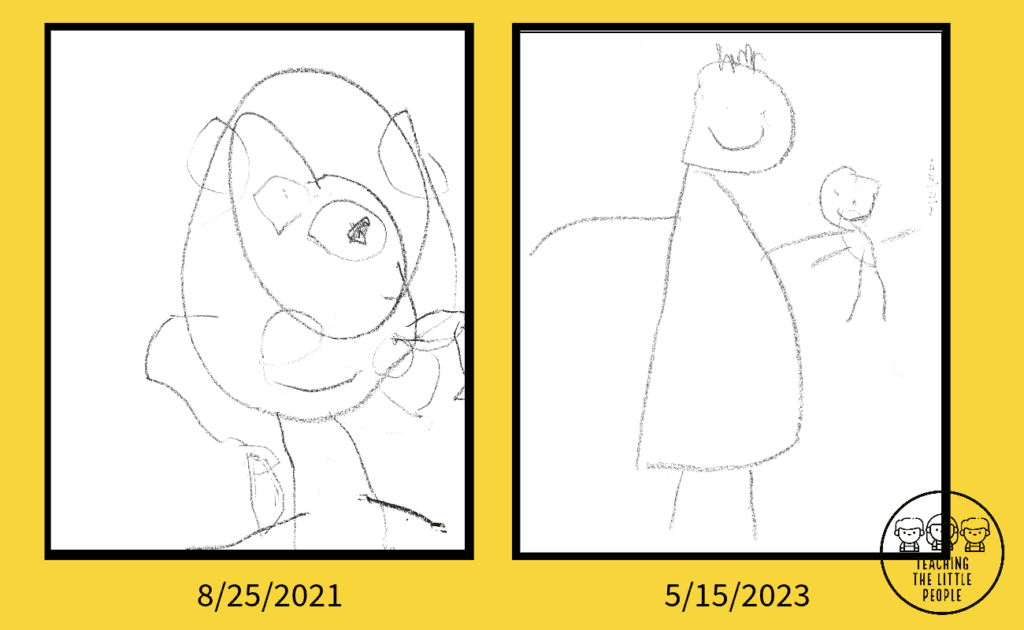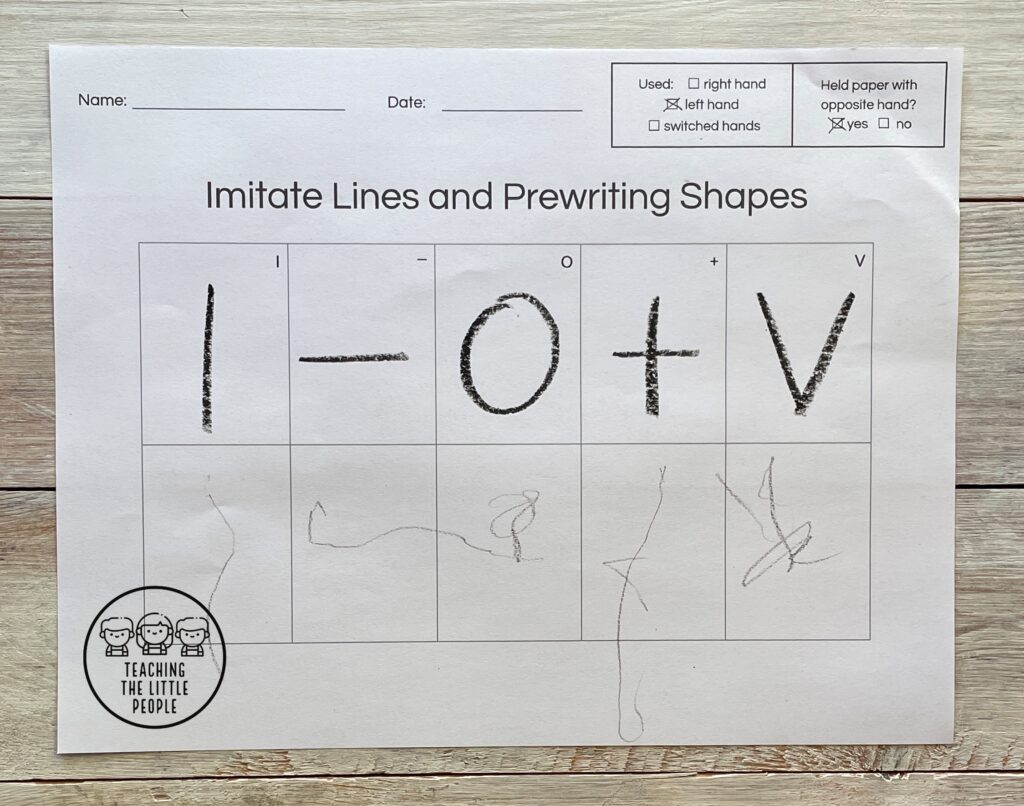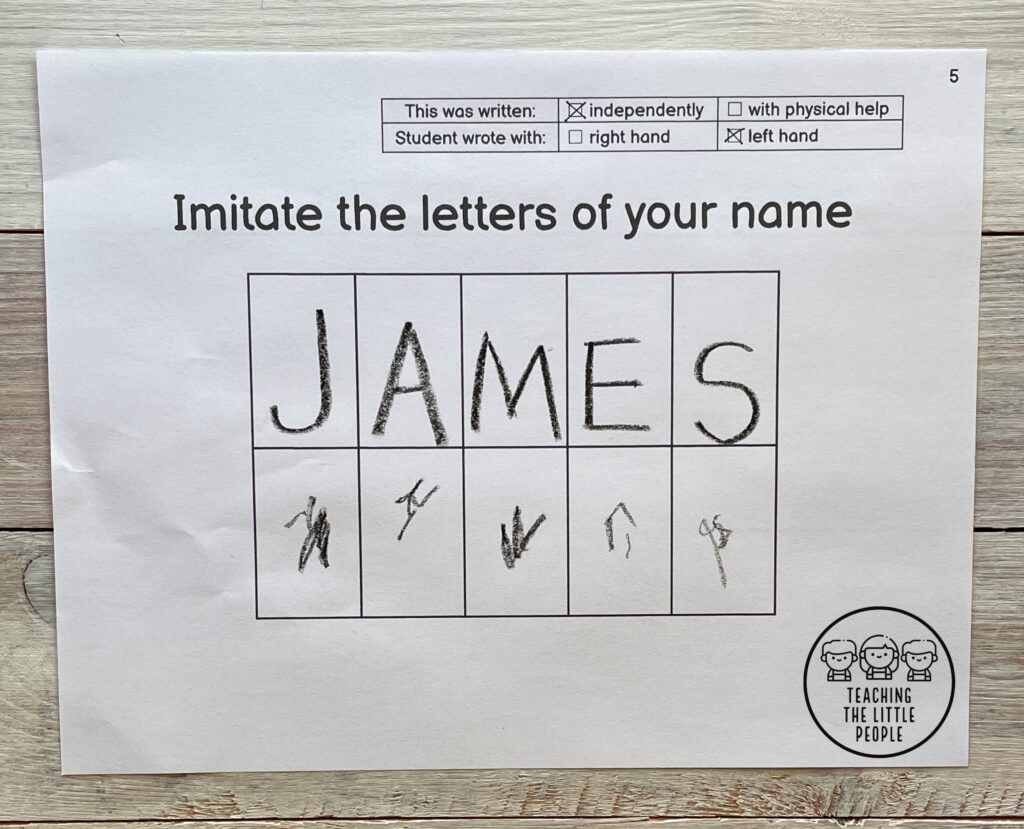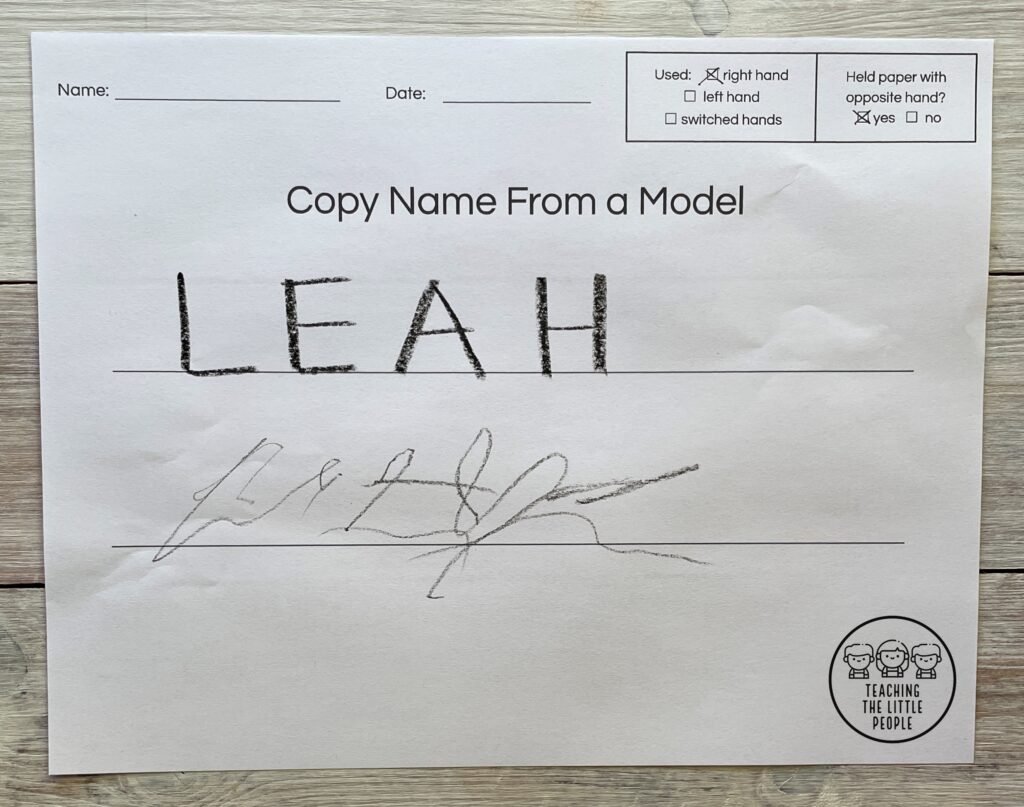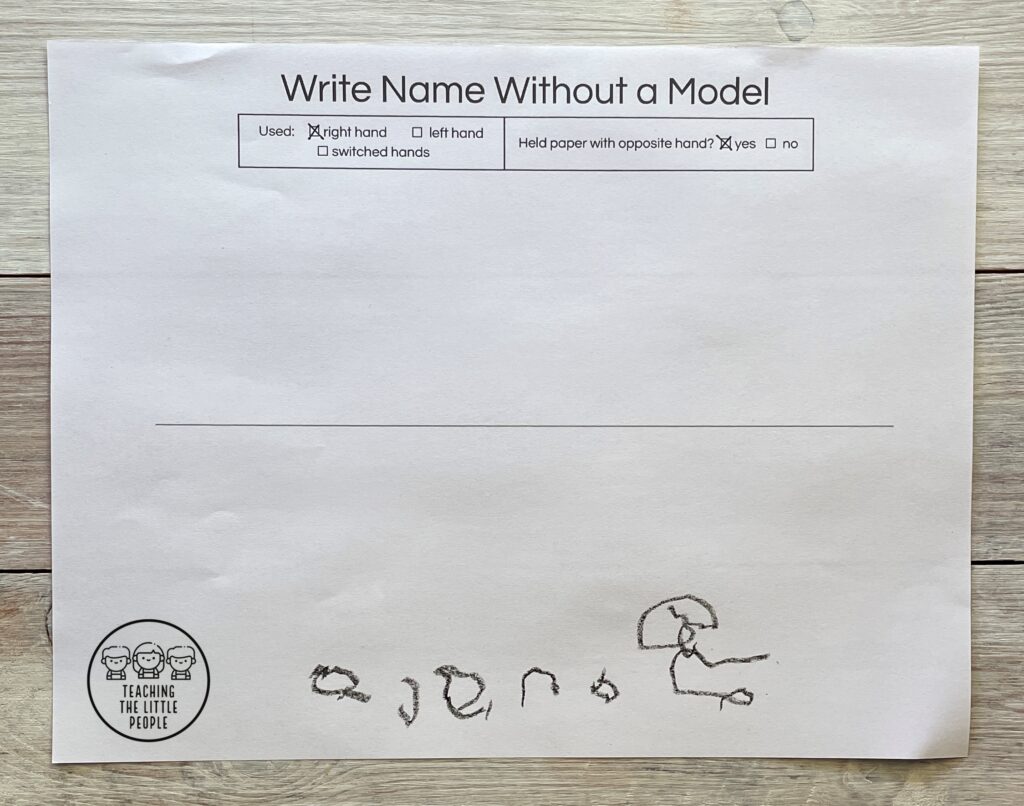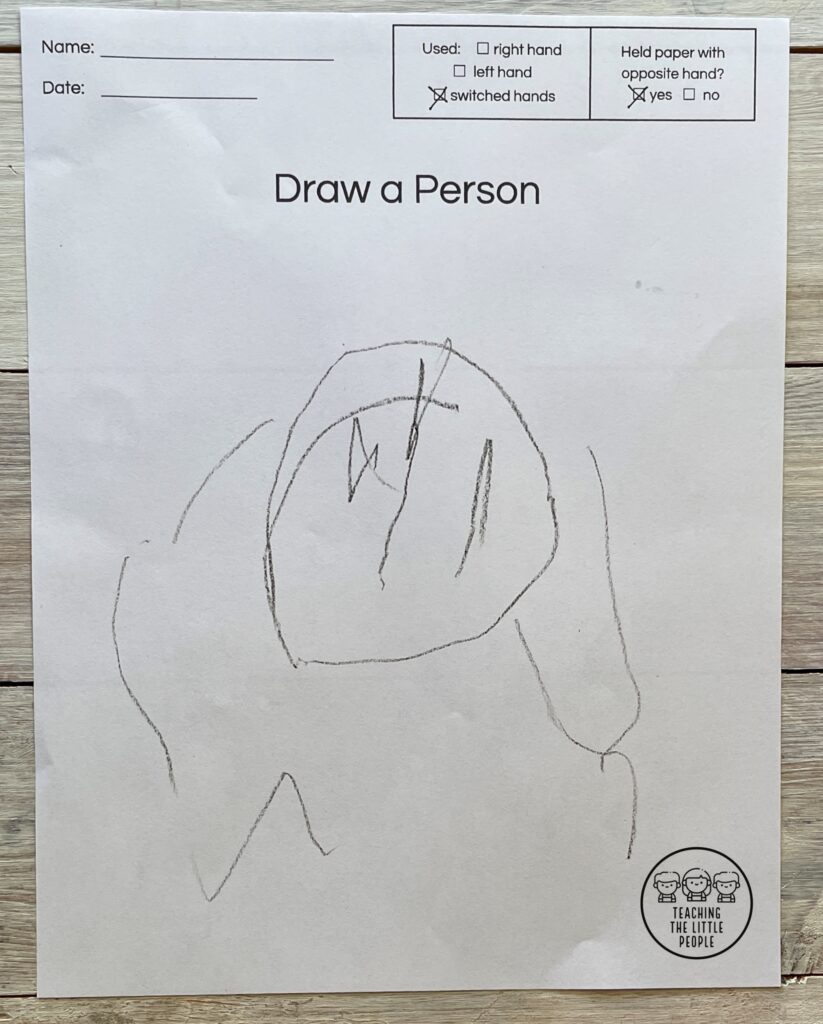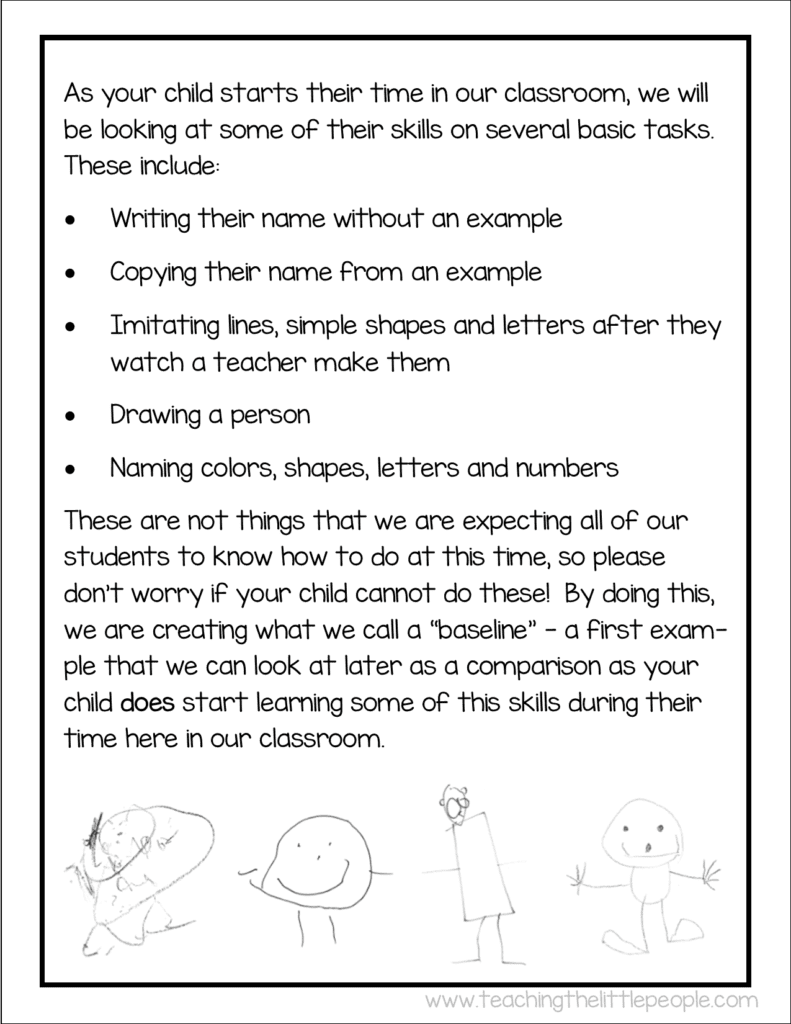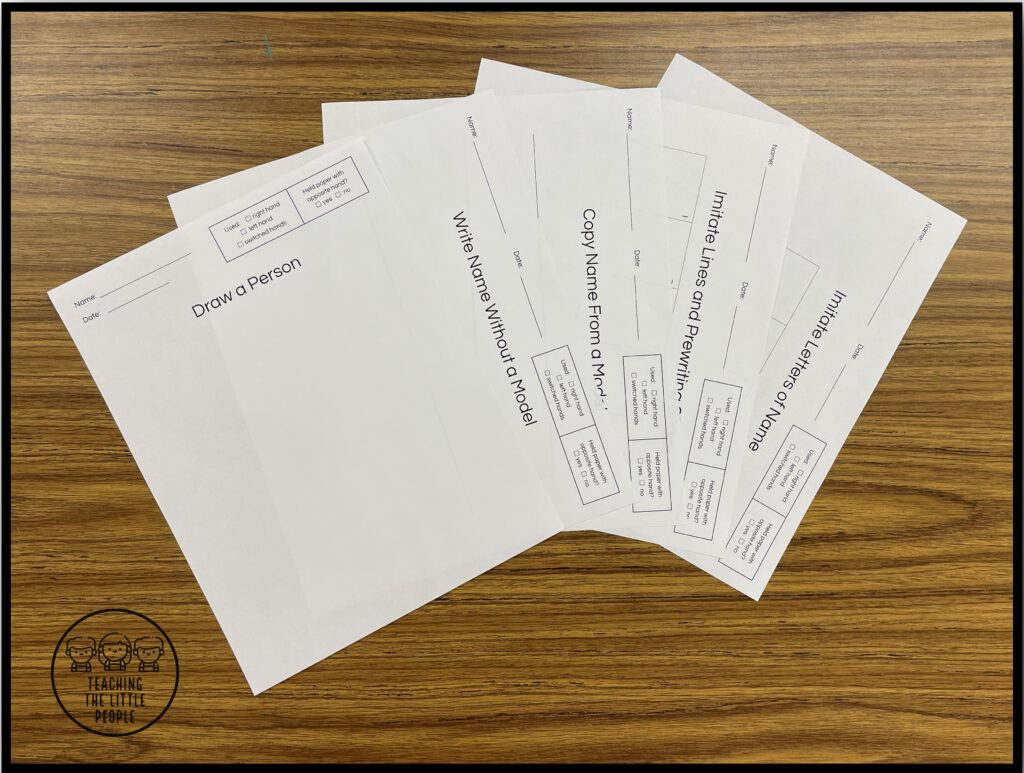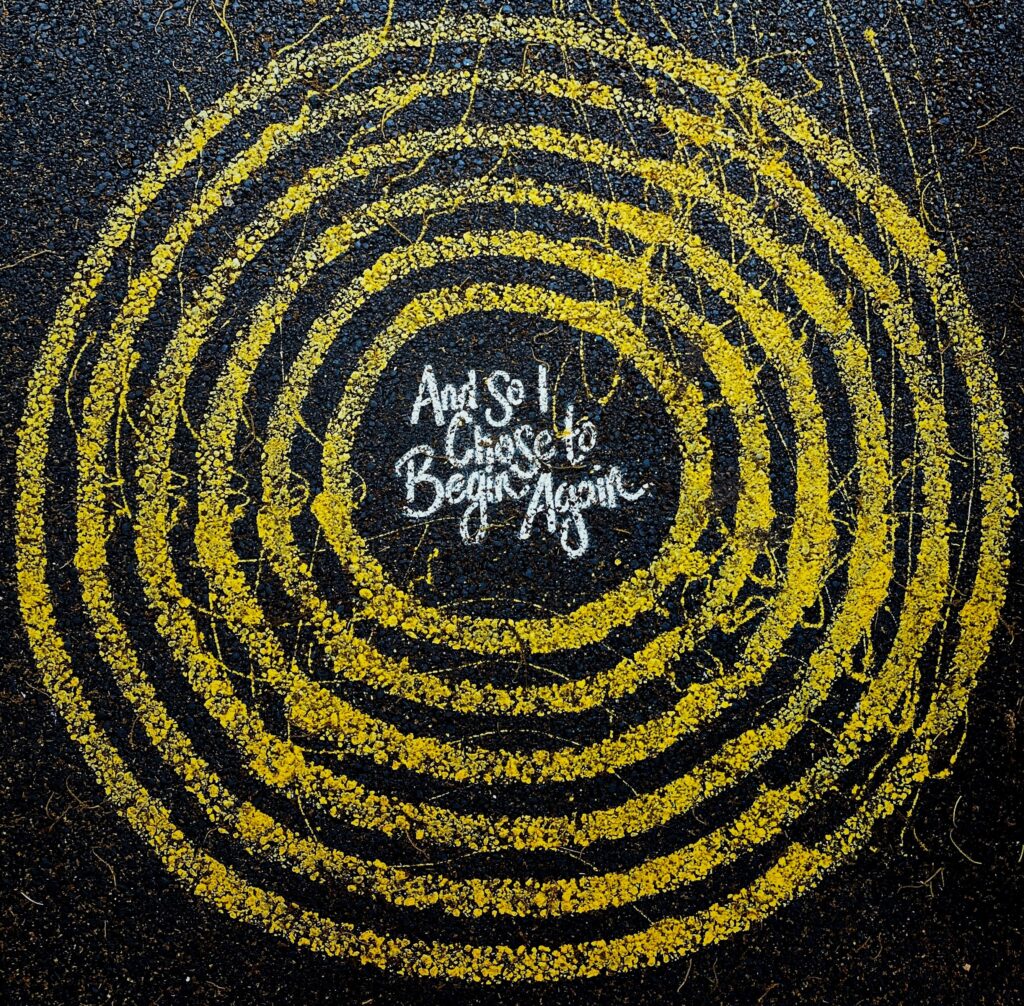Bring a Bear Day Free Editable Invitation

Originally published: January 15, 2016
This week I finally got this year’s Bring a Bear Class Books put together – about a month after we had the event, actually. However, they look great, and the Little People are enjoying remembering the day. We do this once a year when we do our Bear Unit in December.
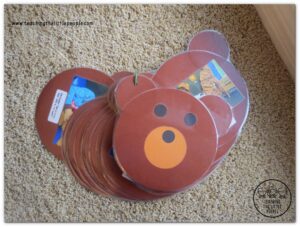
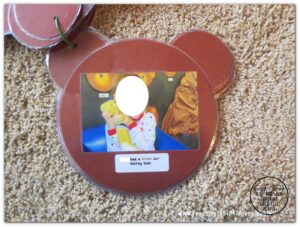 We always have some Little People bring bears, some bring other various animals, and some Little People (because they have parents like me, who never was the best at checking backpacks at night) did not bring anything. However, I always bring in a large stock of bears to have on hand for borrowing for the day.
We always have some Little People bring bears, some bring other various animals, and some Little People (because they have parents like me, who never was the best at checking backpacks at night) did not bring anything. However, I always bring in a large stock of bears to have on hand for borrowing for the day.
Here is our invitation for our Bring a Bear Day:
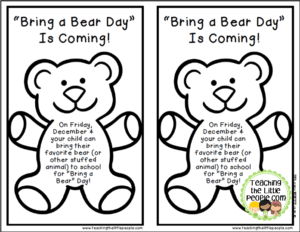
People have asked about my Bring a Bear Day Invitation, and I have finally made it into an editable version! Hurray!
When you download this pdf file, the page will look like this (except without the brand):
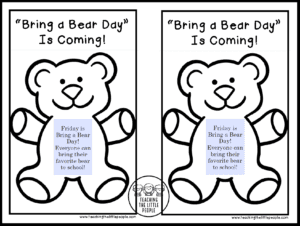
The area of text in the bear’s tummy is the editable area. If you click on it, you can completely change the text all around however you want. Use Control E on a PC and Command-E on a Mac to see the text formatting bar. The font that I used in the example above (that matches the font of the title) is called HelloFirstie, and it is part of this set of free fonts from HelloLiteracy.
As you can see, you will be able to print two copies of the invitation per paper – the text you put into one text box should duplicate to the second. (If you don’t see this at first, click on the second text box to update it.)
I hope you enjoy and can use this!
Download here:
Bring a Bear Day Editable Invitation pdfBring a Bear Day Editable Invitation pdf
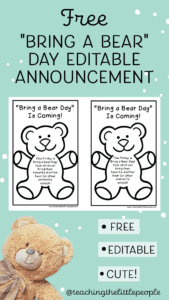
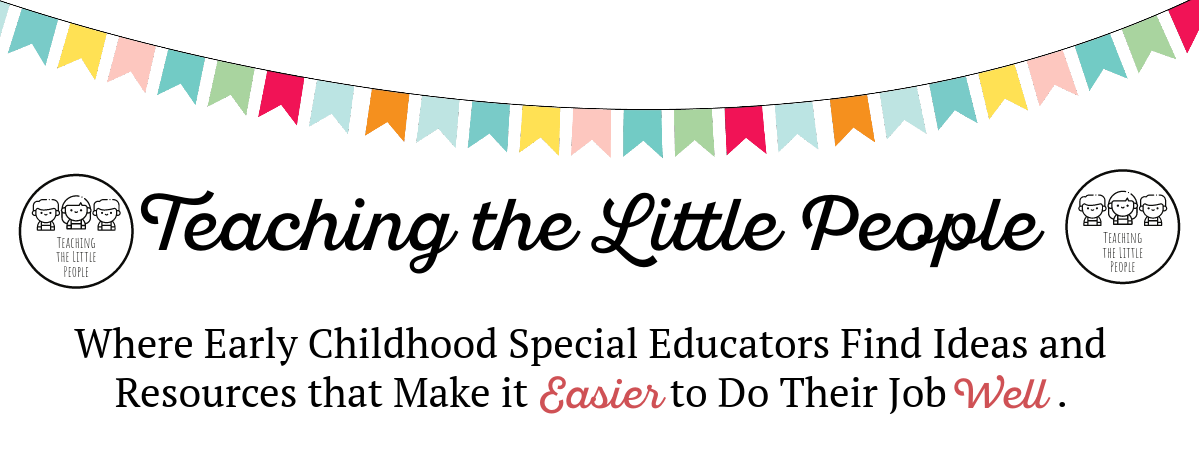
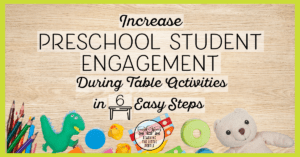
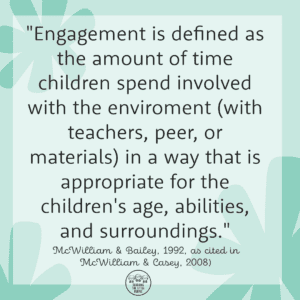
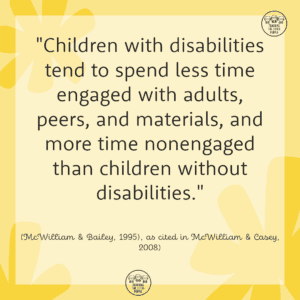
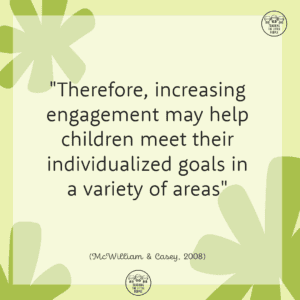
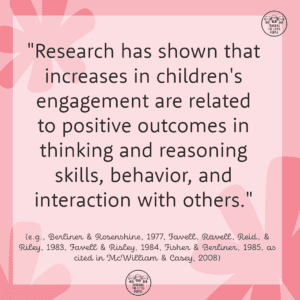
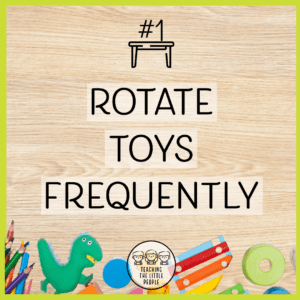 The first way to increase preschool student engagement during table activities is to ensure that toys are rotated frequently. In my classroom we generally put out one set of toys on the tables each week, then we change and have different choices the next week. However, I will keep an eye on how the table toys are being “received” – if I notice that one item is not being played with, or doesn’t seem interesting after a few days, I will add something new toward the end of the week.
The first way to increase preschool student engagement during table activities is to ensure that toys are rotated frequently. In my classroom we generally put out one set of toys on the tables each week, then we change and have different choices the next week. However, I will keep an eye on how the table toys are being “received” – if I notice that one item is not being played with, or doesn’t seem interesting after a few days, I will add something new toward the end of the week.